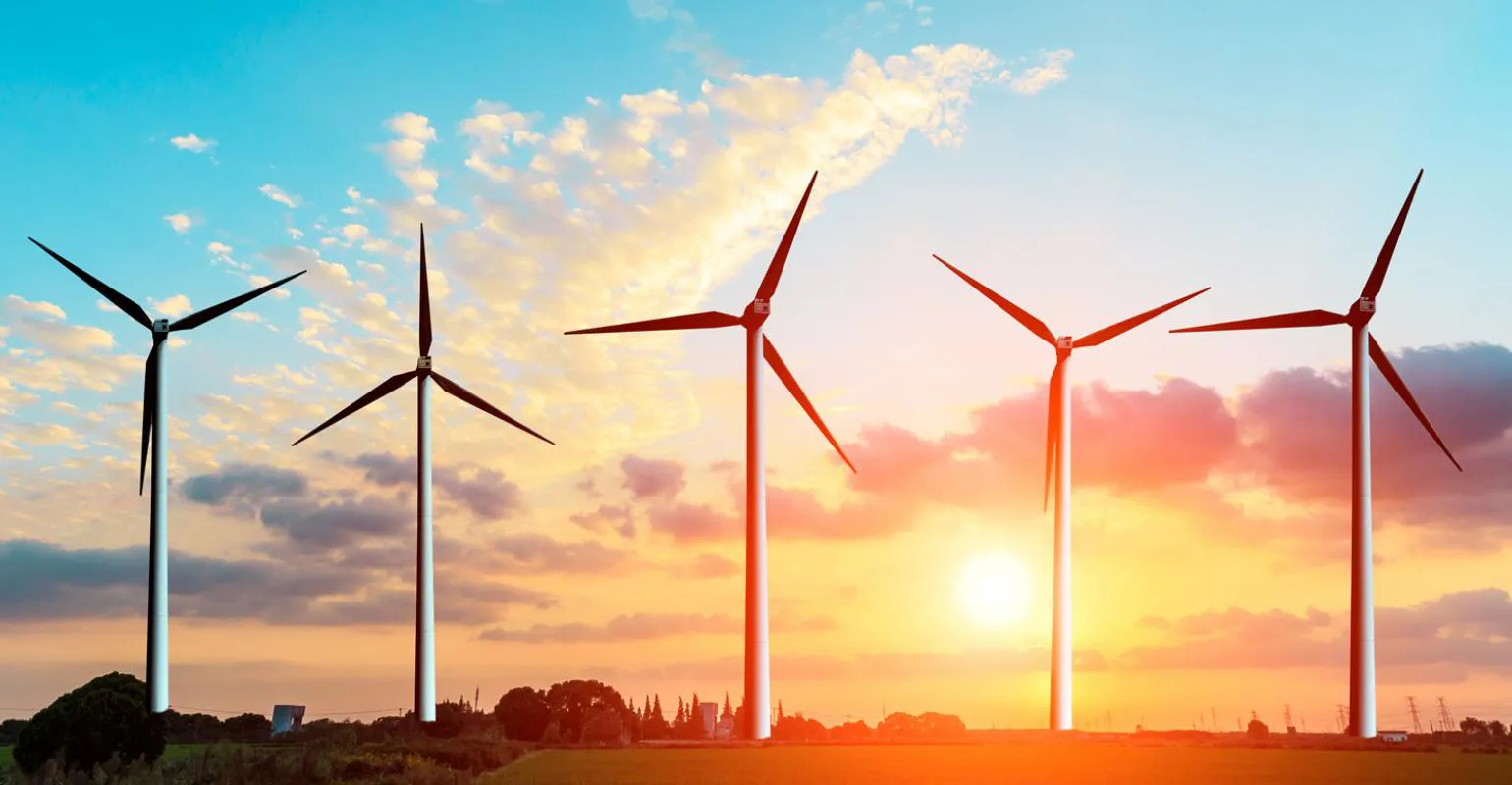















Have you ever wondered how the lights turn on in your home or how your TV gets power? It all starts from a power station and travels through the electricity grid to reach your home. Let's break it down!
Power Stations: The Source of Energy
At power stations, electricity is generated using various sources like coal, hydro, nuclear, wind, or solar energy. Once electricity is created, it travels a long way to reach our homes. This journey starts with overland power transmission.
Overland Power Transmission: The Superhighway for Electricity
Imagine electricity as a group of cars traveling on a superhighway. To make sure it travels quickly and efficiently over long distances, we use very high voltages. In South Africa, electricity starts its journey at an enormous 800,000 volts (800 kilovolts)! This high voltage helps the electricity move smoothly over long distances without losing much energy.
From Highways to Streets: Bringing Electricity to Your Town/District
Once the electricity reaches your town, it needs to be reduced to a safer level. This happens at substations where the voltage is lowered from 800 kilovolts to 11,000 volts (11 kilovolts). Think of this step as moving from a superhighway to the main streets in your town.
Final Step: Into Your Home
Before electricity enters your home, it needs to be reduced even further to a safe level. Another substation, now in your suburb, lowers the voltage to 240 volts, which is the level we use in our homes. Now, the electricity is ready to power your lights, TV, and all your gadgets safely.
How It All Connects
And that's how electricity travels from the power station all the way to your home! It's like a journey from a superhighway to the streets and finally to your doorstep, making sure you have the power you need for all your daily activities.